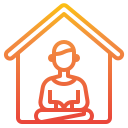Yoga for Home: Building a Comprehensive Routine
Creating a dedicated yoga practice at home offers both convenience and flexibility, empowering you to nurture your body and mind on your own terms. Whether you are new to yoga or looking to deepen your routine, building a comprehensive practice from home can profoundly enhance your well-being. This guide will walk you through the essential components of a complete home yoga routine, including setting up your space, exploring foundational poses, integrating breathwork, and developing the discipline needed for long-term benefits. Read on to discover how to cultivate a fulfilling yoga practice within the comfort of your own home.

Selecting an area in your home for yoga involves considering both practical and atmospheric elements. Look for a place with enough room to move freely in all directions, ensuring your mat fits comfortably with space around it. If possible, opt for a spot near a window or in a quiet corner that isn’t heavily trafficked. The area should make you feel calm and undisturbed, so avoid spaces that are cluttered or associated with busy activities.
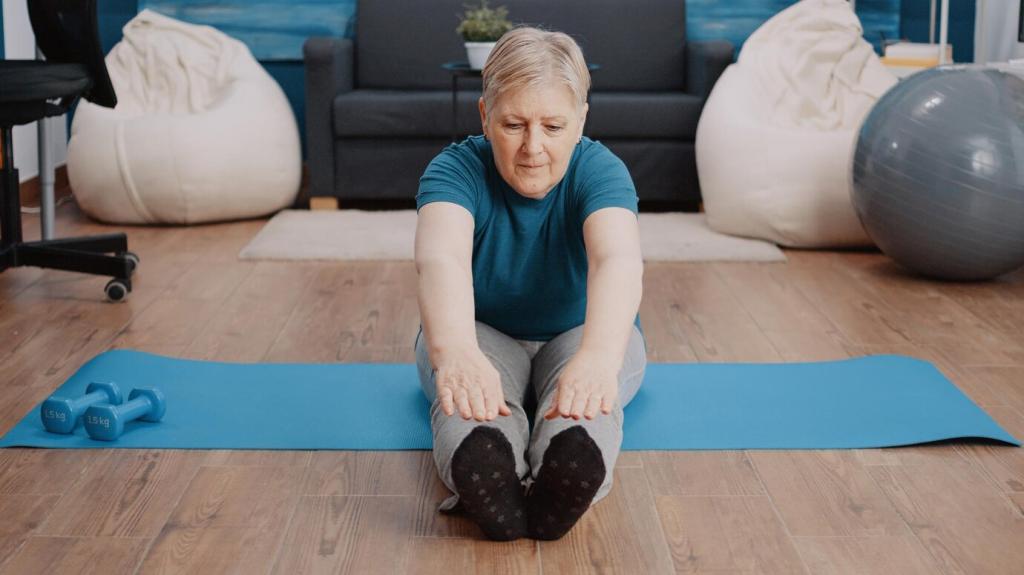
Fundamental Yoga Poses to Start With
Mountain Pose is often the starting point for many sequences and encourages you to find your alignment and cultivate stability. Standing tall with feet grounded, engage your core, lengthen your spine, and relax your shoulders. This pose teaches proper posture and balance, inviting you to become aware of your breath and the sensations in your body. Practicing Tadasana enhances body awareness, making it easier to move mindfully into more complex asanas.
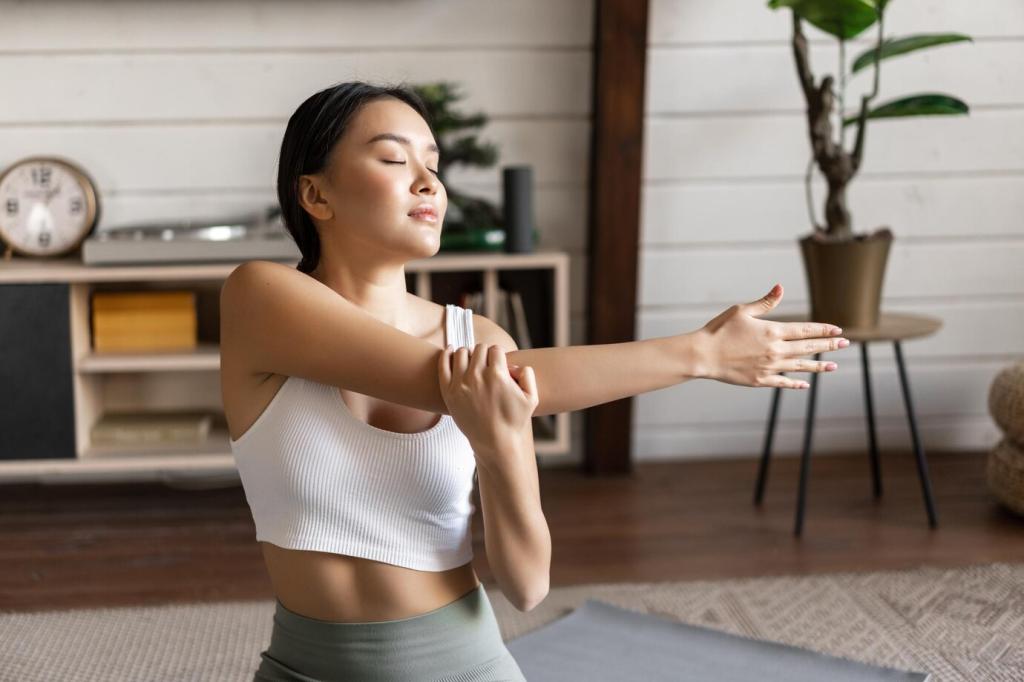
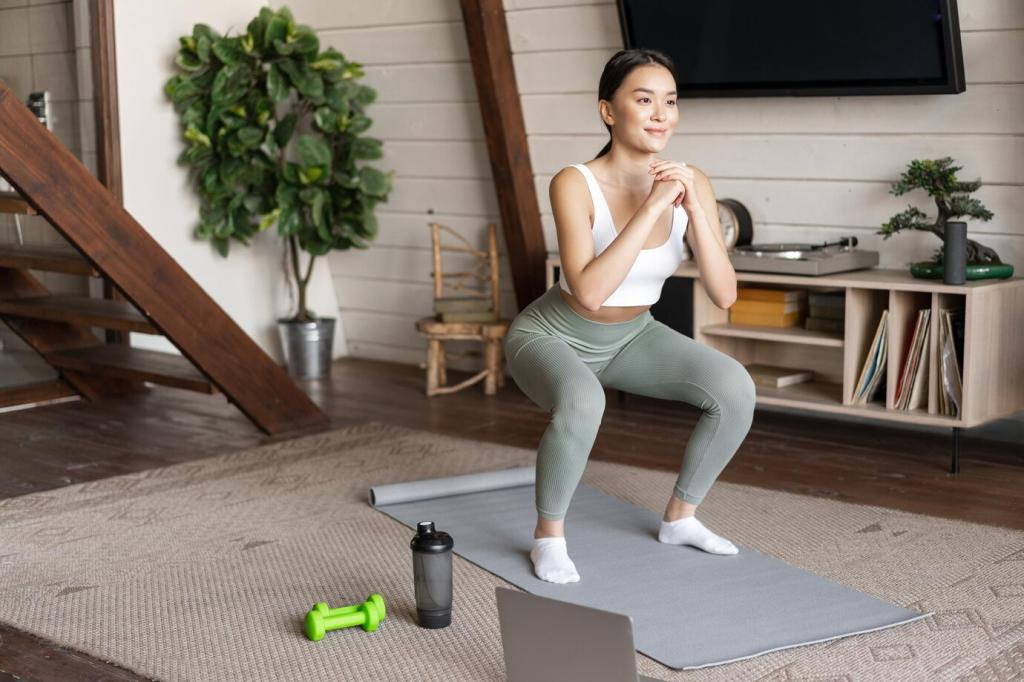
Ujjayi Breath: Oceanic Breathing
Ujjayi breath, also known as victorious or ocean breath, involves gently constricting the back of your throat while breathing in and out through the nose. This produces a soothing sound reminiscent of ocean waves, fostering concentration and regulating energy. Practicing Ujjayi throughout your yoga routine can anchor your awareness, prevent rapid breathing during challenging poses, and help maintain a steady, calm rhythm, especially when practicing at home without external guidance.
Alternate Nostril Breathing (Nadi Shodhana)
Nadi Shodhana is a balancing technique that involves inhaling through one nostril while closing the other, then exhaling through the opposite side. This practice is famed for harmonizing the left and right hemispheres of the brain, easing anxiety, and cultivating mental clarity. Devote a few minutes during your practice to alternate nostril breathing for noticeable improvements in focus, emotional regulation, and overall tranquility.
Three-Part Breath (Dirga Pranayama)
Three-Part Breath, or Dirga Pranayama, helps you connect intimately with your breath by expanding the belly, ribs, and chest in sequence. This technique encourages full oxygen intake, relaxes the nervous system, and serves as an effective transition between active and restful poses. Practicing Dirga Pranayama before or after your physical routine at home can deepen introspection and set a mindful tone for the rest of your day.
Crafting a Balanced Sequence
Warming Up with Gentle Movements
Beginning each session with gentle, dynamic movements prepares your joints, muscles, and mind for deeper postures. Simple spinal rolls, cat-cow stretches, and gentle side bends awaken your body and increase circulation, preventing injury. Committing a few minutes to warming up can make your practice more comfortable and effective, ensuring you are both physically and mentally ready to proceed with confidence.
Incorporating Strength and Flexibility Asanas
A balanced sequence combines poses that build muscle tone with those that increase mobility. Include standing postures like Warrior II for leg and core strength, and add hip-opening or forward-folding poses for flexibility. Sequencing these asanas back-to-back creates an energizing practice that enhances endurance and balance, contributing to a resilient body and calm mind. Tailor the intensity and duration to suit your evolving needs at home.
Ending with Restorative Poses
No yoga practice is complete without a period of gentle restoration and reflection. Cooling down with soothing poses like Reclined Twist or Legs-Up-the-Wall helps release residual tension and signals your body that it’s time to relax. Finishing your home routine with these restorative shapes encourages a deep sense of calm, promoting better sleep, recovery, and a lingering sense of well-being long after you leave the mat.
Integrating Meditation and Mindfulness

Guided Meditation Practices
Guided meditation offers structure and support, especially for beginners who may find sitting in silence challenging. Choose audio recordings or apps that resonate with your intentions, whether it’s relaxation, gratitude, or focus. Setting aside time at the end of your yoga session for guided meditation harnesses the calming effects of physical movement and primes your mind for a deeper, more transformative experience at home.
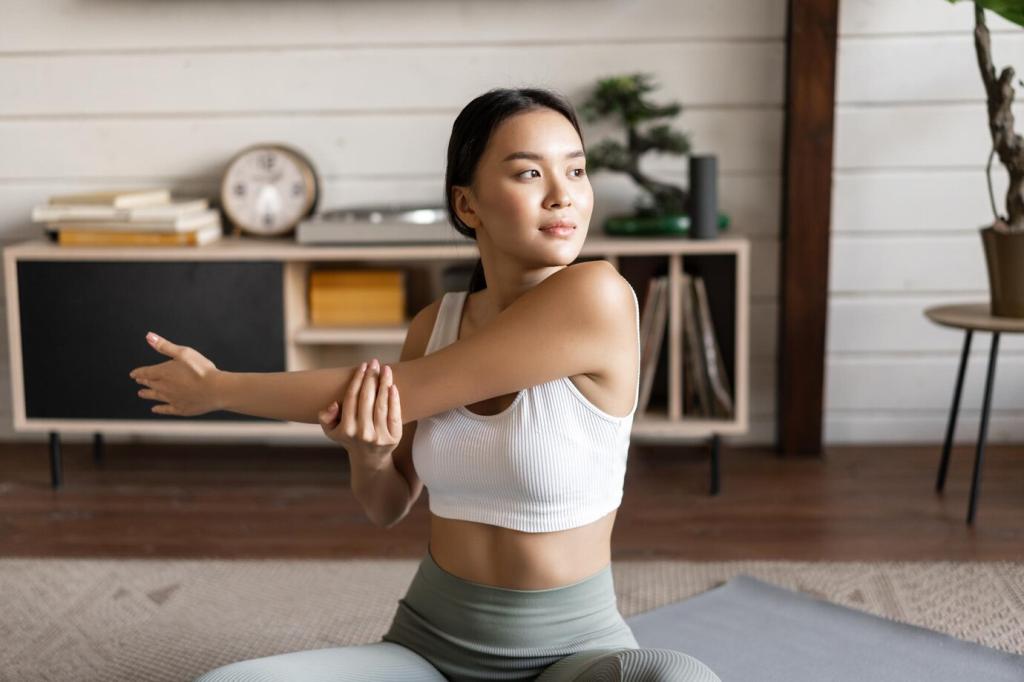
Mindfulness in Motion
Yoga itself is a moving meditation, but intentionally practicing present-moment awareness during asanas heightens the benefits. Rather than rushing through poses, focus on sensations in the body, the sound of your breath, and the flow of energy. This practice fosters a deeper connection to your inner self, reduces stress, and brings a purposeful quality to both your time on the mat and your daily life beyond it.
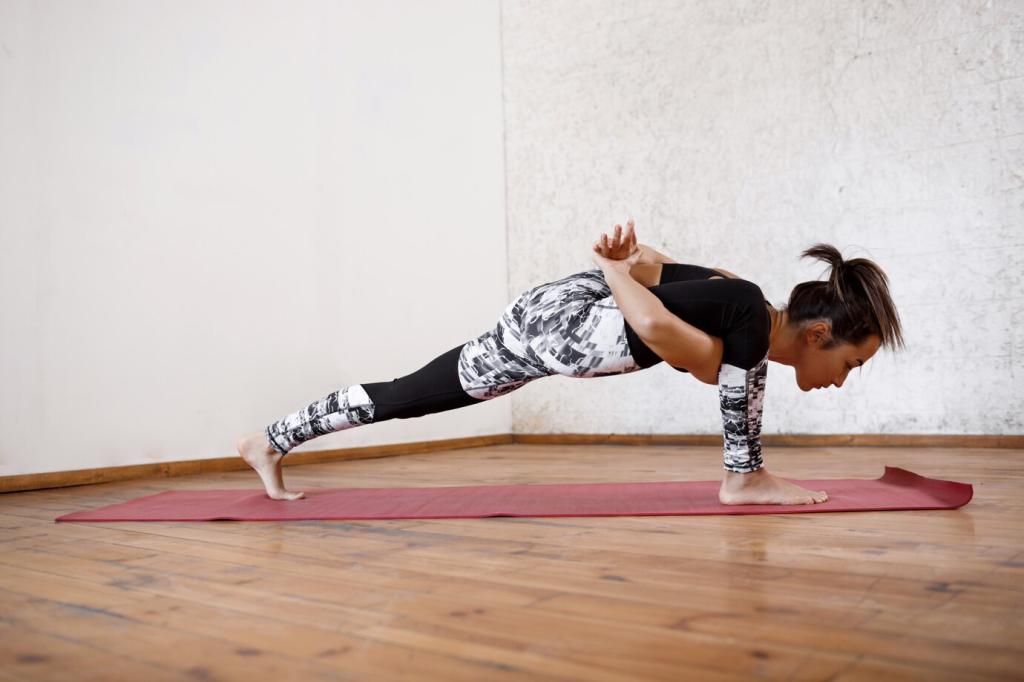
Developing Daily Mindfulness Habits
Carrying the mindful presence cultivated on your mat into daily life creates a consistent wellspring of calm and focus. Simple habits like mindful eating, conscious walking, or pausing to observe your environment connect you to the present. Over time, these practices reinforce the awareness established during yoga, promoting resilience, happiness, and a greater sense of control no matter your surroundings.
Adapting Yoga for Every Level and Lifestyle
Modifications for Beginners
If you are just starting, building a sustainable routine means pacing yourself and respecting your body’s limits. Use props, take frequent breaks, and approach each pose with curiosity rather than perfectionism. Short, consistent sessions are more effective than sporadic long ones. Allow yourself to grow gradually, celebrating progress and learning with each practice without comparing yourself to others.
Progressions for Intermediate Practitioners
As you become more comfortable with foundational poses, challenge yourself with new variations, deeper stretches, and longer holds. Explore intermediate sequences or incorporate additional pranayama and meditation techniques. Embrace the opportunity for self-inquiry by journaling about your experiences and paying attention to subtle changes in flexibility, balance, and inner awareness. This mindful growth approach sustains motivation and deepens your home practice.
Adapting for Special Circumstances
Yoga can be a nurturing tool for every stage of life and all physical abilities, but adaptations may be necessary. If you’re dealing with injuries, chronic conditions, or pregnancy, seek qualified guidance and consult with healthcare professionals as needed. Chair yoga, gentle flows, and restorative practices are wonderful adaptations. Emphasize listening to your body above all, celebrating the unique journey you are on with your home routine.
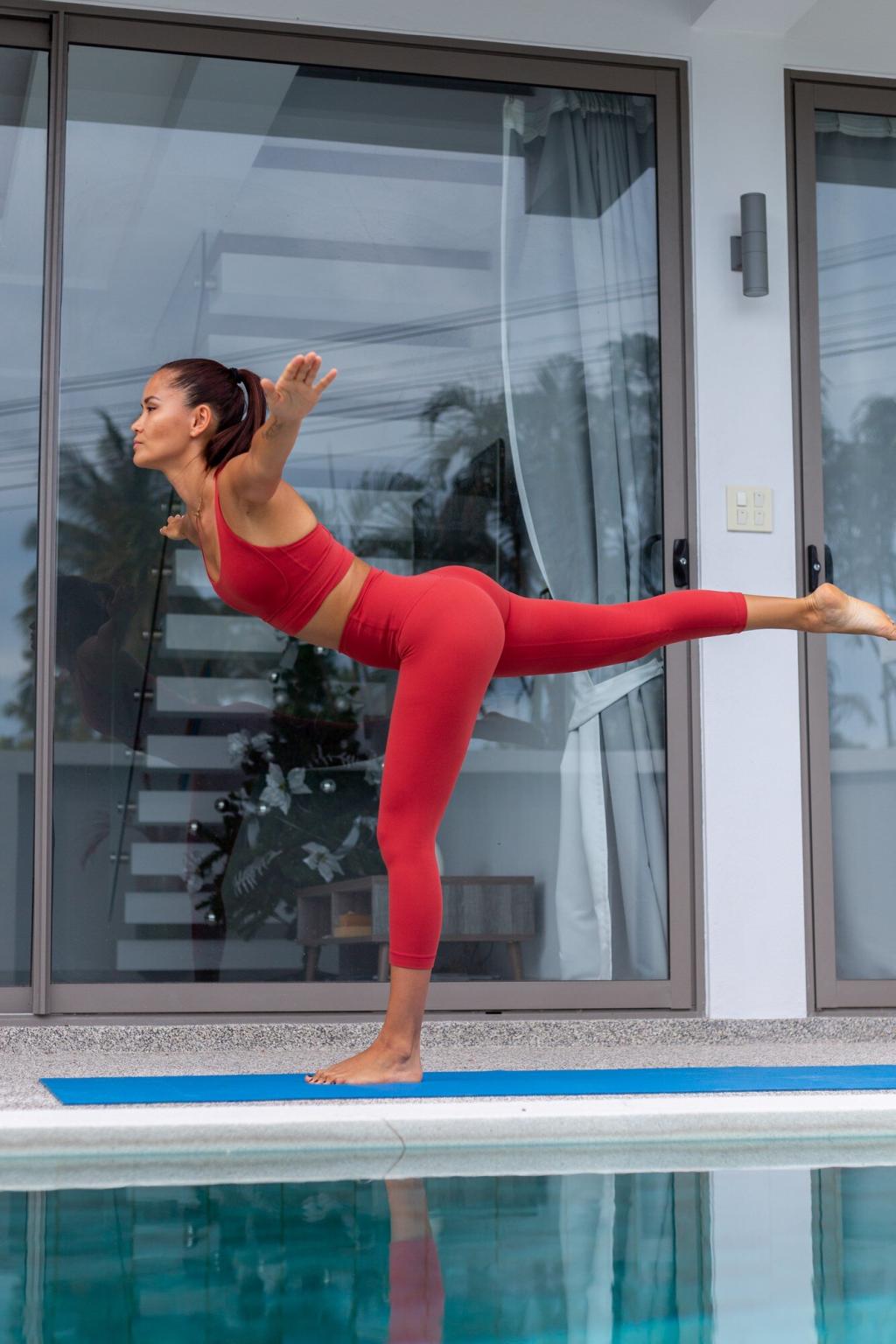
Establishing Realistic and Personal Goals
Start by reflecting on what you hope to achieve through home yoga, whether it’s increased flexibility, reduced stress, or spiritual growth. Set specific, achievable objectives that inspire you, and consider breaking them into short- and long-term milestones. Personal goals, tailored to your unique desires and circumstances, keep your practice grounded in meaning and authenticity.
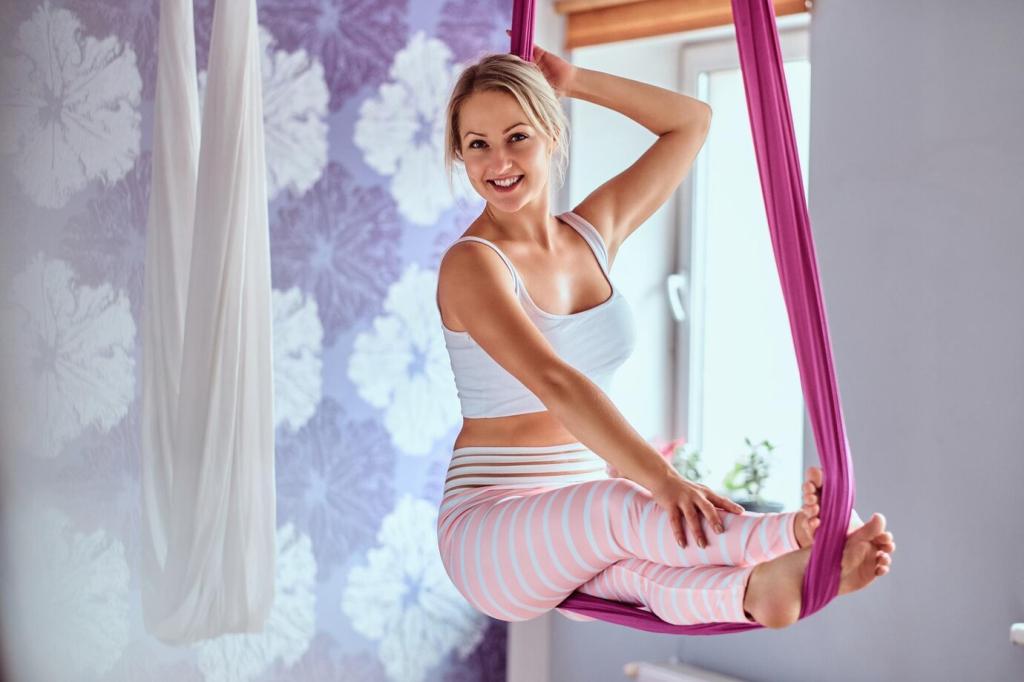
Journaling and Self-Reflection Practices
Maintaining a yoga journal is an effective way to track your evolution and deepen self-awareness. Record not only the physical aspects of your practice but also your thoughts, emotions, and any insights gained. Reflect regularly on your progress and challenges, adjusting your intentions as you grow. This ongoing dialogue with yourself fosters resilience, learning, and a greater sense of fulfillment in your routine.
